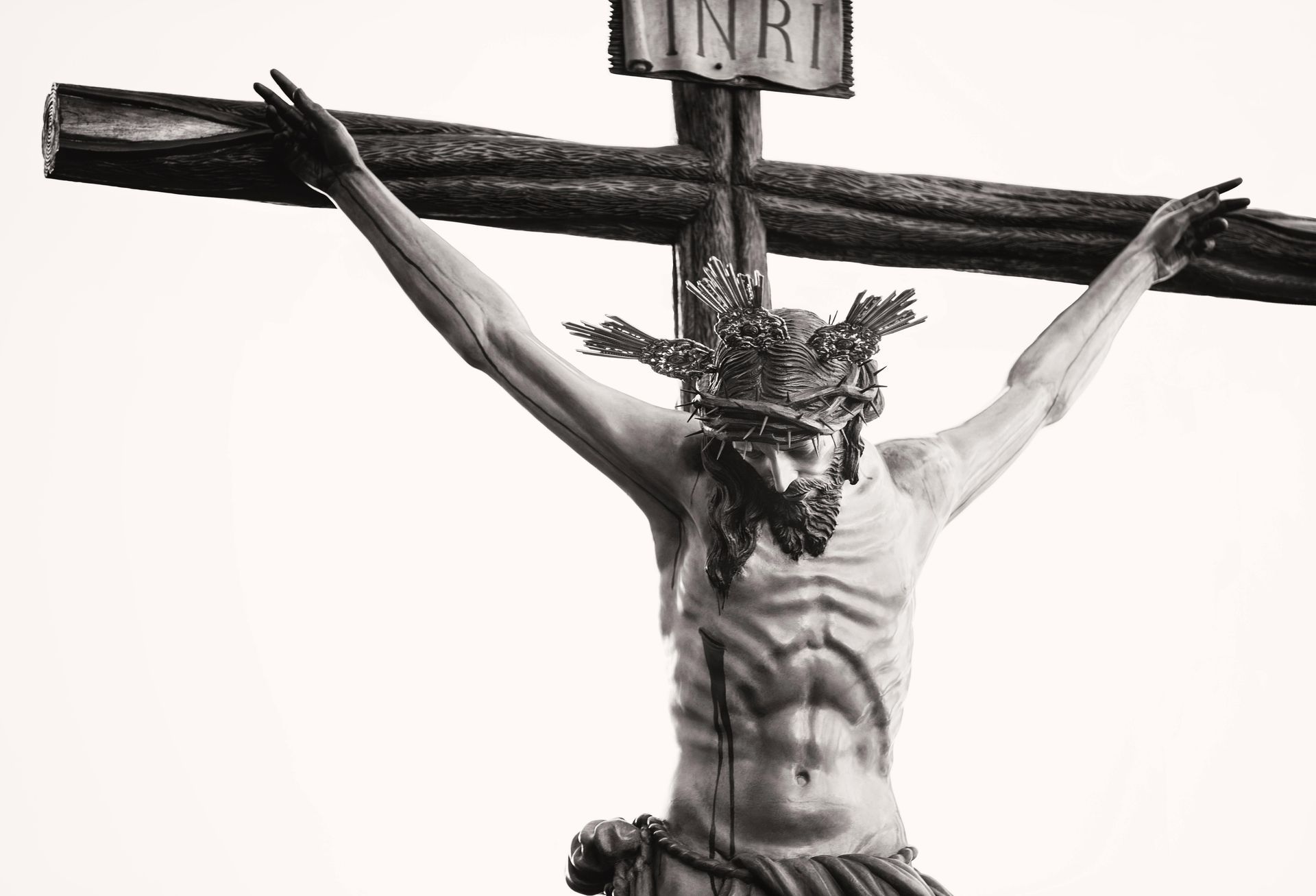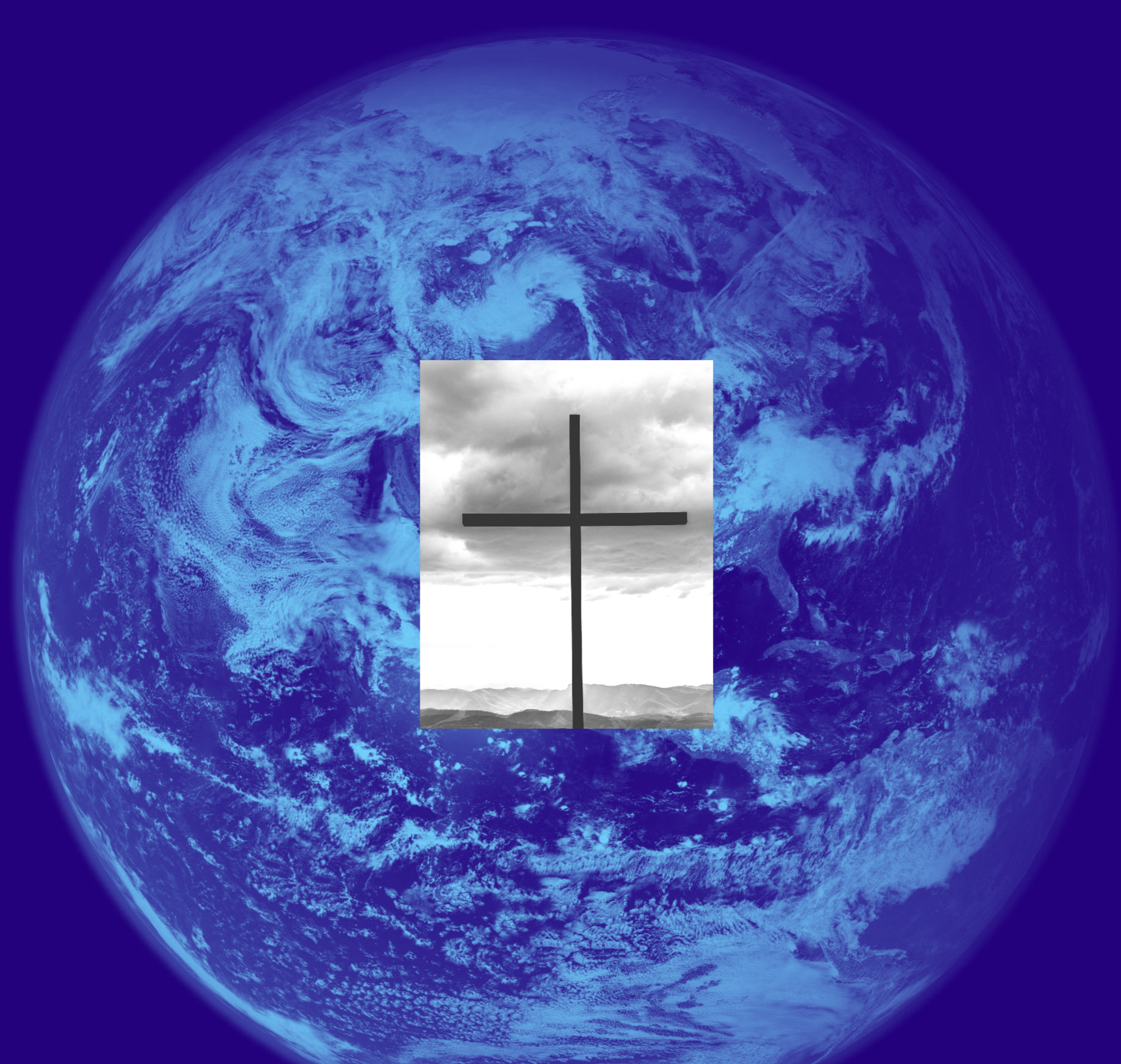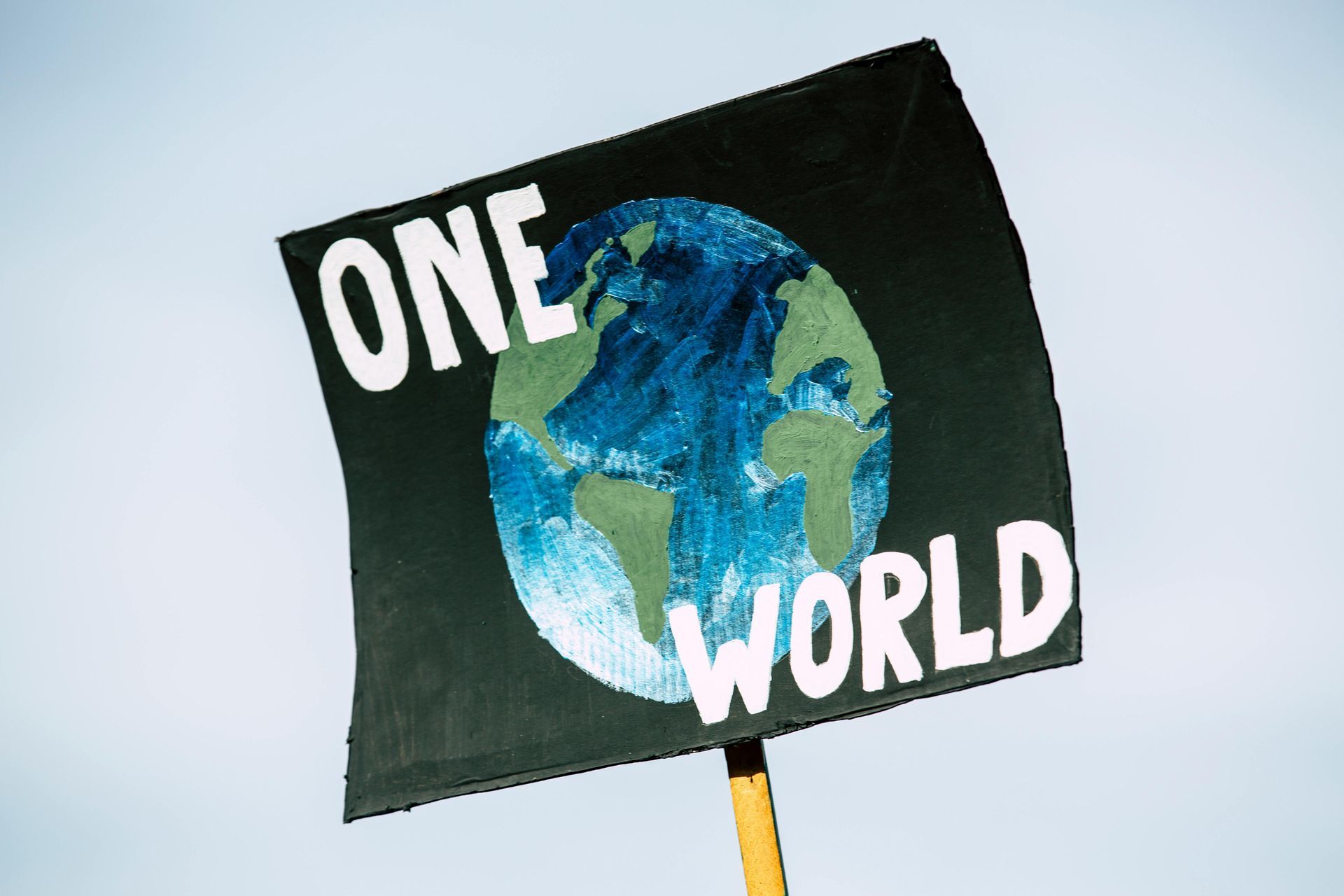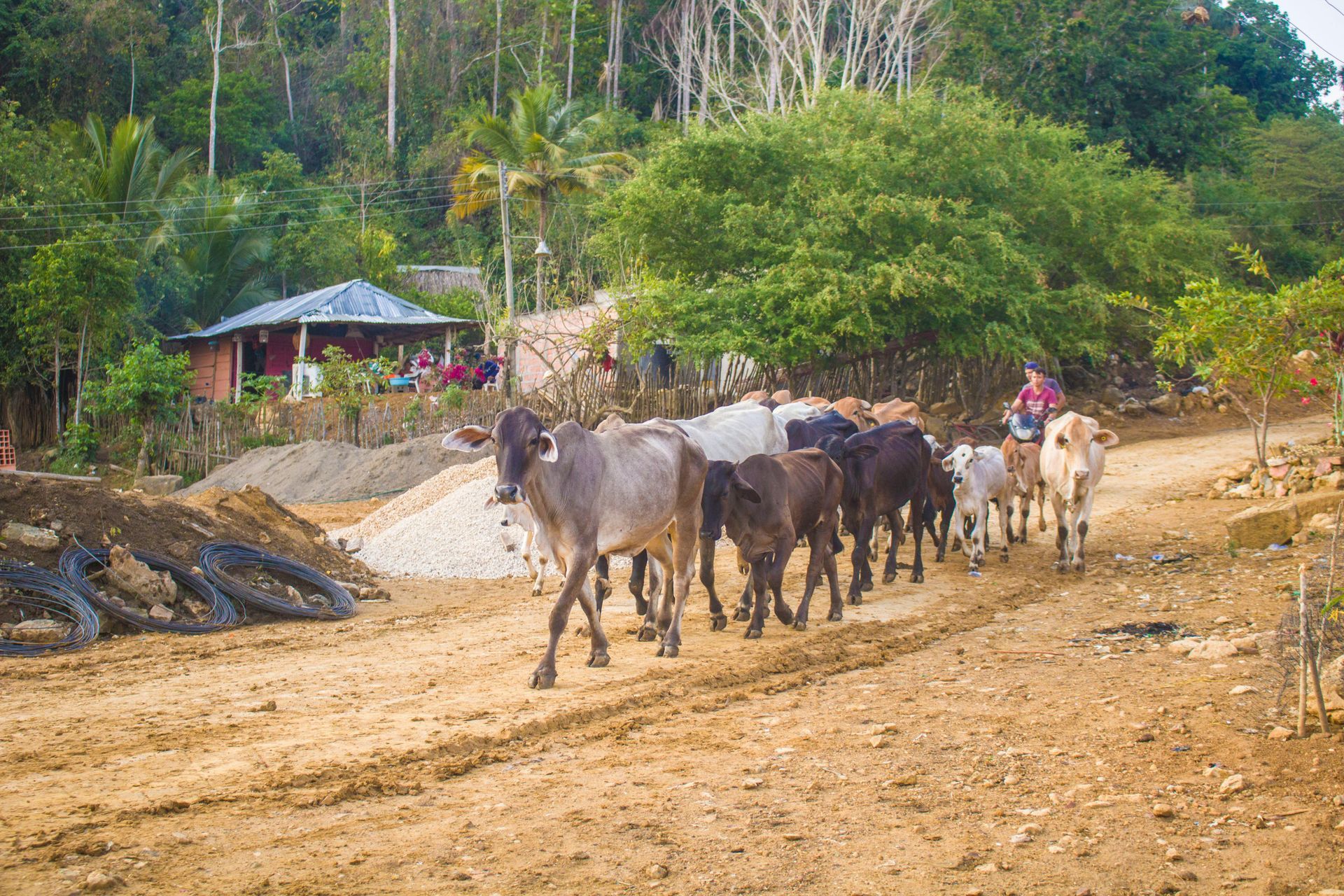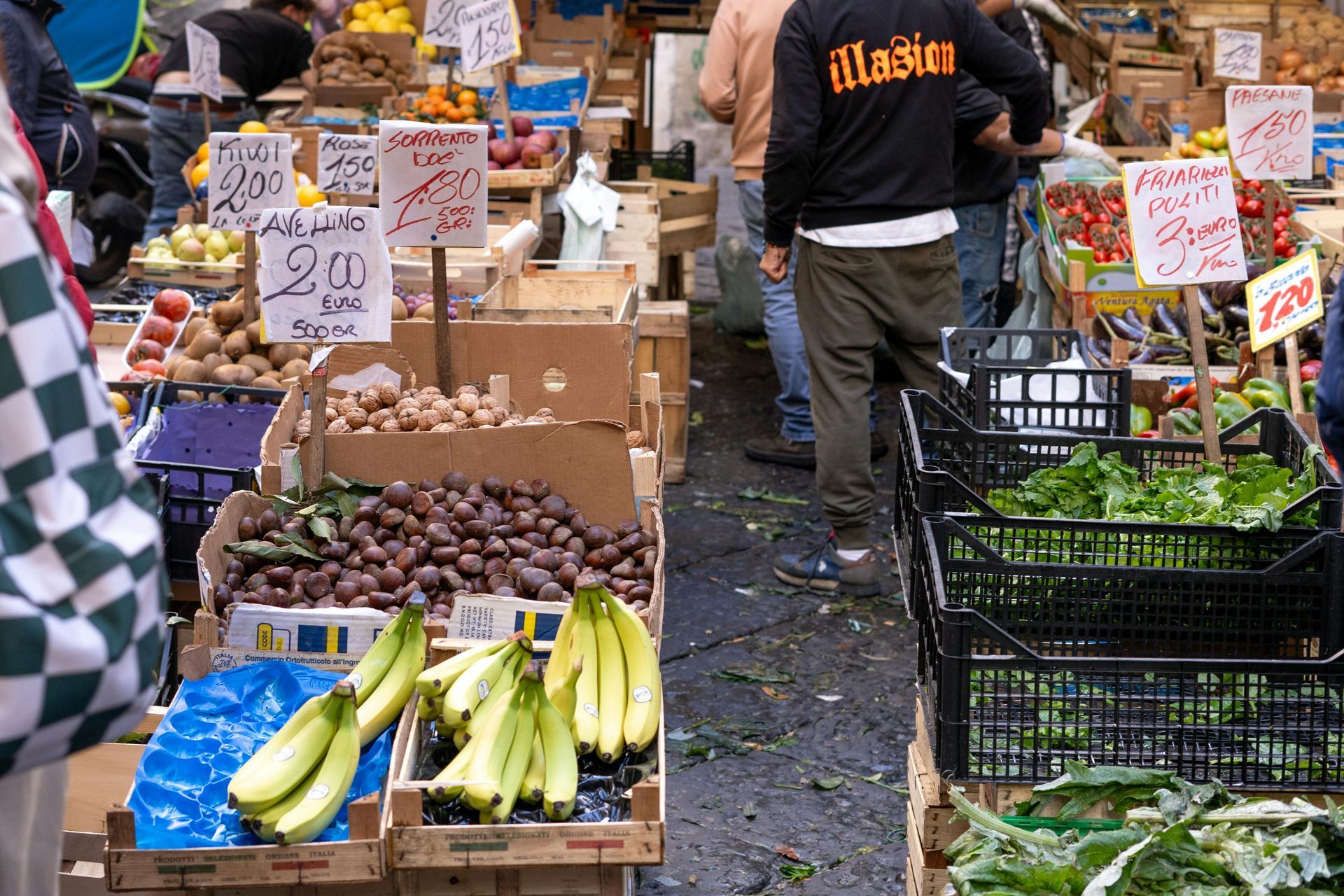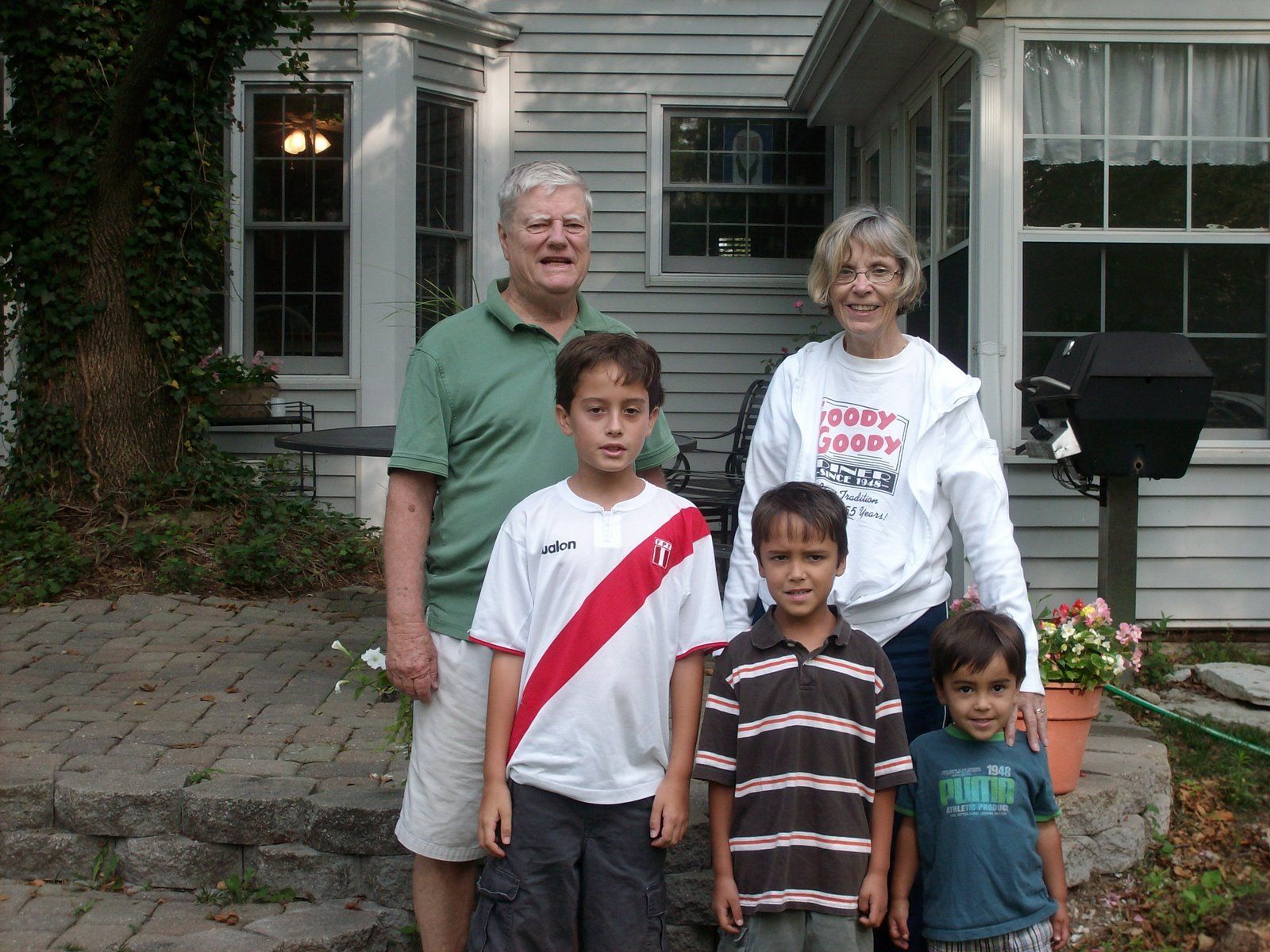Catholicism Through Human Geography: A Global Analysis
Catholicism Through Human Geography: A Global Analysis.
Католицизм, одна з найбільших релігійних конфесій світу, має глибокий вплив на культурні, соціальні та політичні ландшафти по всьому світу. Крізь призму географії людини ми можемо дослідити, як католицизм формує та залежить від географічних та демографічних характеристик різних регіонів.
Історичне поширення католицизму
The spread of Catholicism can be traced back to its origins in the Middle East, following the teachings of Jesus Christ. The religion's growth accelerated with the Roman Empire's vast network, which facilitated the dissemination of Christian doctrine across Europe and the Mediterranean. With the advent of European colonialism, Catholicism expanded its reach to the Americas, Africa, and Asia, establishing a truly global presence.
Current Distribution and Demographics
Today, Catholicism boasts over a billion adherents worldwide. The highest concentrations of Catholics are found in Latin America, where countries like Brazil and Mexico are home to large Catholic populations. Europe remains a stronghold, especially in countries such as Italy, Spain, and Poland. Africa and Asia also feature significant Catholic communities, particularly in countries like the Philippines, the Democratic Republic of the Congo, and Nigeria.
In North America, urban areas tend to have substantial Catholic populations due to historical migration patterns and the establishment of Catholic schools and institutions. Catholicism's distribution is often linked to historical and cultural contexts, reflecting the religion's adaptive and integrative nature.
Культурні та соціальні впливи
Catholicism has a profound influence on cultural practices and social norms across the world. Festivals like Christmas, Easter, and the Day of the Dead in Mexico demonstrate the integration of Catholic traditions into local customs. Catholic social teachings on issues such as family, social justice, and the sanctity of life have played significant roles in shaping societal values and policy debates.
Geopolitical Impact
На геополітичному рівні Ватикан, як релігійний та адміністративний центр Католицької церкви, має значну «м’яку силу». Папа Римський, як лідер церкви, часто розглядає глобальні проблеми, такі як зміна клімату, бідність та конфлікти, використовуючи моральний авторитет церкви для впливу на міжнародну політику та громадську думку.
In regions where Catholicism dominates, the church often plays a pivotal role in politics. Latin America, for example, has witnessed significant involvement of the church in political movements and advocacy, often championing the rights of the poor and marginalized.
Challenges and Opportunities
The Catholic Church faces both challenges and opportunities in a rapidly changing world. Secularization in Europe presents challenges to maintaining church attendance and influence. Meanwhile, growth in Catholic populations in Africa and parts of Asia presents opportunities for the church to engage with diverse cultures and expand its humanitarian efforts.
Additionally, the church's ability to address contemporary issues, such as gender equality and LGBTQ+ rights, remains a point of tension and dialogue within Catholic communities around the world.
Conclusion
Catholicism, viewed through the lens of human geography, is a fascinating study of how faith intersects with human and physical landscapes. Its enduring presence and influence across diverse regions underscore the complexities and dynamics of a global religion that continues to shape and be shaped by the world's geography and its people.






















